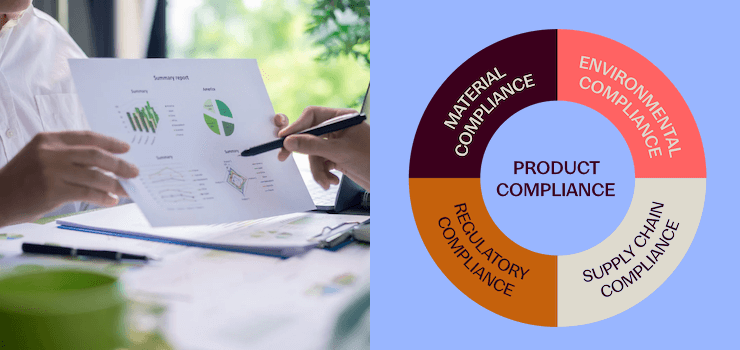The EU is getting tough: CSRD.
The EU is to become climate-neutral by 2050 - to achieve this goal, the "toothless paper tiger NFRD (Non Financial Reporting Directive)" is now becoming a biting financial tiger. The Corporate Sustainability Reporting Directive (CSRD) is the contentious companion that is supposed to help secure the 2050 target. It is no coincidence that the directive bears the buzzword "sustainability" in its title.
The logic behind the regulation, which has been in force since January 5, 2023, is only logical: achieving this target is only possible if the companies not only transparently present financial opportunities and risks, but also the impact on the environment and social issues - both positive and negative. This compelling bundling of economic, ecological and social key figures produces an overall picture that is crucial for the assessment of opportunities and risks by investors in particular.
And this in turn - according to the idea - puts pressure on companies to change their behavior in such a way that not only monetary goals are pursued, but also environmentally friendly measures are included in evaluations. It's a win-win situation from a sustainable perspective: because that in turn helps the European Union to achieve its ambitious goal.
Even with the amendments with which the European Commission adopted the detailed reporting requirements, i.e. the European Sustainability Reporting Standards (ESRS), at the end of July 2023, the CSRD is a powerful tool that gives investors even more essential, comparable, reliable, digitally available and comprehensible sustainability information for their decisions. Investment risks and opportunities are thus linked to sustainability aspects more than ever before.
What does this mean for companies?
Many aspects of the CSRD and the ESRS are already known from other international and national standards, guidelines and regulations: e.g. GRI (Global Reporting Initiative), DNK (German Sustainability Code) or the aforementioned NFRD, predecessor of the CSRD. However, they are now being made mandatory for annual reporting. And: In the future, companies must report according to uniform standards and increase the measurability and comparability of their disclosures through greater quantification by means of key figures.
This means that sustainability reporting, which has been largely voluntary and inhomogeneous up to now, will be placed on an equal footing with regulated financial reporting requirements - sustainability in its environmental, social and corporate governance (ESG) facets will become a mandatory compliance area. In order to comply with the new reporting requirements, companies will have no choice but to establish or expand a sustainability management system that corresponds to compliance management, or to combine the two. It will not be uncommon for departments that were previously rather uninvolved in sustainability to now have to listen to the topic of sustainability management and expand their already practiced compliance management to include sustainability indicators based on clearly defined criteria.
The challenge for companies is therefore to determine the key figures to be reported through materiality analyses, to determine the information required for this and to channel it into new processes. Responsibilities must be clarified, and departments that often have their own responsibility must be integrated into existing or newly established process and reporting chains - and this must be done efficiently and ideally without friction losses. It is therefore not without reason that large companies will invest in suitable software in the coming years to support and digitize these processes; in the end, even the CSRD will prescribe a uniform electronic reporting format. While in 2021 [1] investments were still primarily made in expertise for life cycle assessments, the trend can already be seen that in 2022 expenditures for software infrastructure are now being given high priority in order to also deliver what is required in the CSRD and the ESRS.
Suppliers are also under obligation
50,000 companies in Europe and an estimated 15,000 in Germany alone are required to report in accordance with the CSRD. The directive will be applied in three stages from January 1, 2024. In 2028, the introduction of the reporting obligation is to be completed, even for non-EU companies that, however, maintain a branch or subsidiary in the Union. And another important note: Companies that are not subject to reporting requirements can also be affected by the CSRD. Namely, if they act as a supplier for a reporting company. This is already being felt in supply chains: data collection by major manufacturers has already begun.
So the question becomes pressing: where is the data coming from? Already today, environment-related data from the supply chain and production can be collected by our iPoint Compliance and iPoint Product Sustainability software solutions and used for ESRS reporting - for example, when it comes to Scope 3 emissions in CSRD Reporting, Product Carbon Footprints or Substances of Very High Concern (SVHC) as listed in the ESRS under Environment E1, E2 to E5.
A good basis, especially for those companies that already have to report fiscal year 2024 in 2025.
Learn more about this topic and how you can already support our Compliance and Sustainabililty products in our next blog post.
Reference:
[1] : Result of iPoint Compliance & Sustainability Trends Study 2022





.png)
